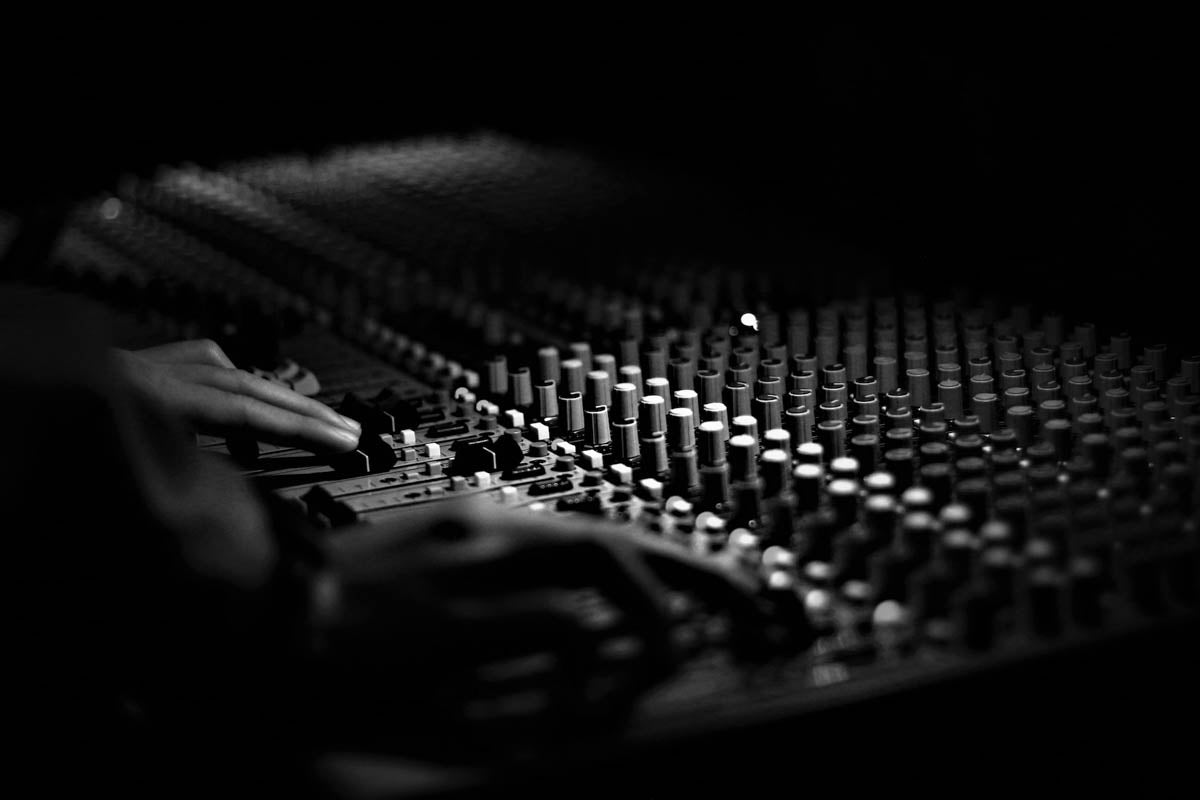Product Description
Zeiss Loxia 85mm f/2.4 Lens for Sony FE Mirrorless Cameras (E-Mount)
Elegant Precision for Portraits, Video, and Creative Depth
The Zeiss Loxia 85mm f/2.4 is a premium manual-focus telephoto prime lens designed exclusively for Sony full-frame E-mount mirrorless cameras. Combining outstanding optical quality with compact, all-metal construction, it delivers exceptional performance for portrait, street, landscape, and video applications. With smooth manual focus and a silent DeClick aperture feature, this lens is the perfect companion for professionals and creatives who demand subtle control and striking results.
Medium Telephoto Excellence
With an 85mm focal length, this lens offers natural subject isolation and compression — ideal for portraiture, street detail, and scenic depth. The f/2.4 aperture provides excellent control over depth of field and delivers a beautifully smooth, rounded bokeh that enhances your subject while softly rendering backgrounds.
Built for Sony Full-Frame Mirrorless
-
E-Mount Compatibility: Designed for Sony Alpha full-frame cameras (FE mount), while also fully compatible with APS-C E-mount bodies.
-
Manual Aperture Control: Offers precise physical control over exposure, ideal for both still photography and video.
-
Supports Auto and Manual Exposure Modes via camera integration.
Smooth and Accurate Manual Focus
Manual focus is elevated with a long rotation angle, enabling pinpoint focusing even at wide apertures. Engraved depth-of-field and distance scales enhance precision in challenging scenarios. The internal focusing mechanism is engineered for smooth operation without backlash — making fine adjustments effortless and accurate.
Outstanding Optical Performance
-
Virtually Distortion-Free: Engineered to reduce distortion across the frame, preserving straight lines and accurate geometry for architectural and environmental portrait work.
-
Edge-to-Edge Sharpness: Outstanding image quality across the entire frame, even wide open, with minimal aberrations.
-
ZEISS T Anti-Reflective Coating*: Reduces flare and ghosting for enhanced contrast and clarity, especially in backlit and high-contrast scenes.
Precision Build for Everyday Use
-
Full-Metal Construction: The lens features a robust all-metal housing with tactile focus and aperture rings — built for long-term reliability in professional use.
-
Weather-Resistant Mount: A special sealing ring on the bayonet protects the camera-lens interface against dust and moisture.
-
Integrated Lens Hood Compatibility and compact form factor make it ideal for travel and street use.
DeClick Feature for Videographers
Videographers will appreciate the DeClick function, allowing the aperture ring to be switched from clicked to smooth and silent — ideal for adjusting exposure without audio interference or abrupt jumps in brightness during video recording.
Key Specifications:
-
Focal Length: 85mm
-
Maximum Aperture: f/2.4
-
Mount: Sony FE (E-mount, full-frame)
-
Format Compatibility: Full-frame and APS-C
-
Focus Type: Manual
-
Minimum Focus Distance: 0.80 m
-
Filter Thread: 52mm
-
Aperture Blades: 10 (for smooth bokeh)
-
Lens Coating: ZEISS T* anti-reflective
-
Construction: Full-metal, internal focus
-
Weight: Approx. 594g
-
Weather Protection: Yes, bayonet sealing ring
Ideal For:
-
Professional and enthusiast portrait photography
-
Video shooters needing smooth, manual aperture adjustment
-
Travel and street photographers wanting sharpness and compact size
-
Documentary and fine art work where control and subtle rendering matter
Classic Character. Modern Precision.
The Zeiss Loxia 85mm f/2.4 delivers the timeless appeal of manual focus, paired with cutting-edge optical engineering and build quality that reflects ZEISS’s legendary craftsmanship. It’s a powerful tool for those who value deliberate composition, emotive depth, and absolute control — whether capturing stills or cinematic scenes.
Payment & Security
Your payment information is processed securely. We do not store credit card details nor have access to your credit card information.




















